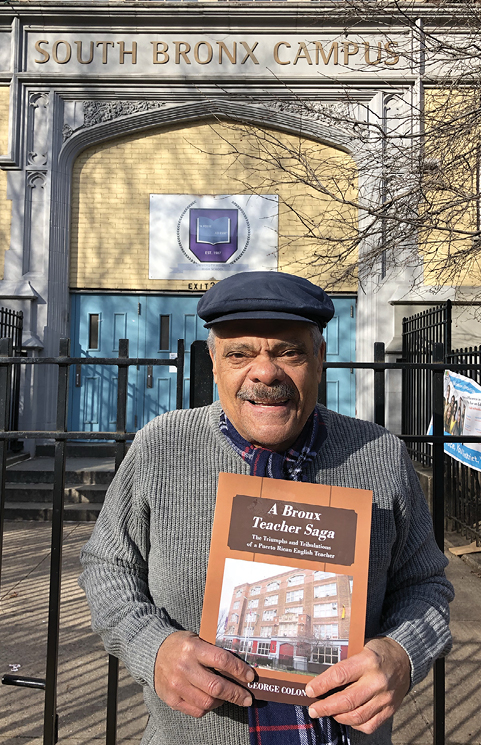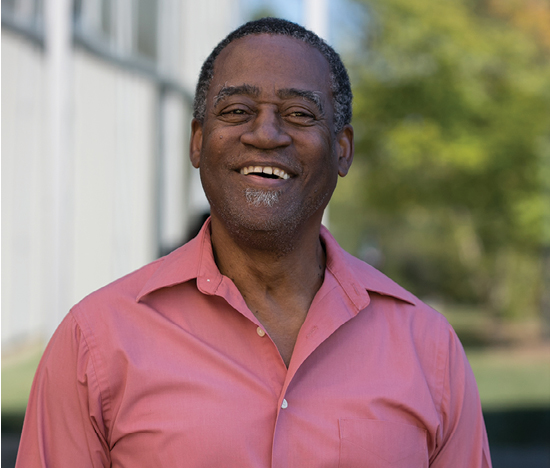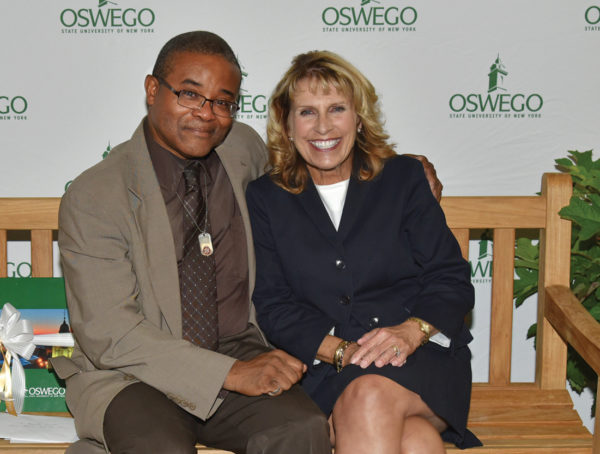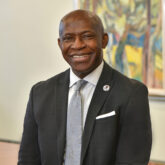The Last Word
Future Landscape of Active Adult Living – Are Investors Chasing Unicorns & Other Mythical Creatures*

Dr. Joe Coughlin ’82, founding director of MIT’s AgeLab
Unicorns fill the pages of children’s stories and literature. These mythical creatures are described as having magical powers. Of course, they are only images of literary lore and have never been seen.
There is another mythological creature, not in children’s literature, but in the hopes and dreams of real estate investors and developers—the active adult.
The active adult fascinates the real estate and senior housing sector of the longevity economy. Active adults apparently share magical powers with the unicorn. Analysts see magic in their numbers, spending power, and assume that their desire to move into “active adult” communities— think Onondaga Hall or the entire Oswego campus for older adults will bring immeasurable vitality to an entire real estate class. This elusive creature is in their mid 50s and beyond. They are thought to be today’s youngest Baby Boomers and oldest Gen X’ers.
Despite their compelling numbers, are younger Baby Boomers and older Gen X’ers a story of more consumers in search of active adult living as we know it today, or a myth comparable to chasing unicorns?
There is a general consensus on what a unicorn looks like, less so for what is an active adult.
Unlike the mythological unicorn which can be described in great detail, few companies or analysts can define an active adult.
By all accounts it is about age, but what age? As with many parts of the longevity economy, “age” is often defined by the legacy of archaic tradition or law rather than by any insight into contemporary consumer attitudes or behaviors. The 1995 Housing for Older Persons Act (HOPA) allows developers to restrict housing if they operate as “55 or over” community, even though 55 years old has no basis in any widely accepted life stage or event. Think about it, how many blowout “55-year-old” birthday parties do you attend?
A quick search of the term active adult shows that it is applied to people as young as 50 years old and as old as 75. Why not 50, 60 or 70?
Defining the age of an active adult is difficult enough; however, the greatest challenge for investors, developers and operators may be understanding who are the younger Baby Boomers and older Gen X’ers they seek.
While the younger members of the Silent Generation and the oldest Baby Boomers, are still rocking the images of active adult community websites these days, younger Baby Boomers and the oldest of Gen X are different. Age alone does not predict attitudes, preferences and ultimately retirement lifestyle choices.
The differences of experience and attitudes within the Boomer generation alone are striking. Older Boomers were teens when President Kennedy was assassinated while younger Boomers and Gen X’ers were either toddlers or not yet born. Some older Boomers served in Vietnam while younger Boomers saw it only on television and Gen X’ers studied the war as part of history class in school. Even differences in popular culture form a generation within generation. For example, younger Boomers and Gen X discovered Paul McCartney when he was a Wing, not a Beatle. Differences in formative life experiences are only one dimension that is likely to shape the future active adult consumer—education, work and the very meaning of community may be even more important in what they will want and buy in older age.
According to Pew Research, Gen X’ers and younger Boomers have more college education than previous generations. They even have more years of college education than the Boomers who are old enough to say they actually remember Woodstock. For example, 12% of Gen X, whose leading edge is now past 55 years old, have more college education than the Silent Generation. Education alone certainly does not make you any smarter, but it is very likely to provide a broader range of interests. The powerful vision of retirement being an extended vacation—a time of earned leisure after decades of work—may not be enough to satisfy a new generation of active adults. In short, communities built around pools, beaches and golf alone are not likely to close the proverbial deal.
Active adult communities may not want to look at competing developers for inspiration, but instead look at the growing number of people who are choosing to relocate to college towns, even those with harsh winters like Oswego, that offer play and a very wide range of activities and people of all ages that make life interesting every day.
Play and leisure are certainly part of retirement, but clearly the “active” in active adult is more than a powerful golf swing or beach walk. Work is the new retirement for many. Active adults in their 50s and 60s, particularly those who are more affluent, and spent their careers in the knowledge economy, are very likely to continue working—at least part-time.
Younger Boomer and Gen X women, in particular, have indicated that retirement for their partner may not mean classic
retirement for them. Instead, active adult living may be a time for her to pursue her professional dreams with new found flexibility and unfettered freedom. Future community developments must be able to reflect and reinforce a blended active retirement that enables continued learning, work and yes, play.
The precedent for many of today’s active adult communities is a feeling of belonging, a kind of membership. The WWII and Silent generations were “joiners.” They formed the backbone of classic membership organizations, such as Rotary
and Lions, professional associations and unions, churches, synagogues and mosques. Unlike previous generations, large swatches of younger Boomers and Gen X’ers have opted out of classic social affiliations. Rotary membership, for example, has declined from 386,000 in 2004 to 316,000. Gallup recently reported that membership in faith-based organizations has dipped below 50% for the first time in American history.
Harvard sociologist Robert Putnam has noted that “belonging” to a group has waned with each successive generation. Putnam’s classic book, Bowling Alone, weaves a narrative of how social capital or belonging has declined. The book’s title provides an insightful illustration. Americans still like to bowl, but no longer join bowling leagues; they choose to bowl alone. Active adult community developers may find that the value of “community,” especially if built on age and leisure alone, is not as compelling for today’s and tomorrow’s consumers as it was for previous generations.
Active adult community investors and developers are in danger of being blinded by the numbers of Americans nearing or clicking over their sixth decade of living. Numbers displayed in a spreadsheet, no matter how compelling, rarely provide critical insights behind a demographic trend line. While grouping people into buckets, such as “Baby Boomer,” may be convenient mental shorthand, it can be devastatingly misleading. More people 50+ does not mean more of the same, nor does it mean yesterday’s product assumptions will meet the needs of tomorrow’s consumer. Assuming so may lead many investors to chase unicorns. — Dr. Joseph Coughlin ’82
* This article is an abridged version published on LinkedIn’s #LongevityEconomy.
Dr. Joseph Coughlin ’82 is the founder and director of MIT’s AgeLab. His recent book, The Longevity Economy: Unlocking the Fastest-Growing, Most Misunderstood Market, is one CEO READS best sellers. Follow him on Twitter @josephcoughlin and LinkedIn.
You might also like
More from Last Word
The Last Word: Queer Eye for the Alumni
The Last Word: Queer Eye for the Alumni I am a queer alumnus (Class of '09!) who now teaches in the …
The Last Word
The Last Word Education Key to Creating Change Life is about the possibilities and obstacles. It’s what you do with the two …
The Last Word: Memories of My Alma Mater and My Mentor
The Last Word: Memories of My Alma Mater and My Mentor How does time race by all of us so quickly? …













